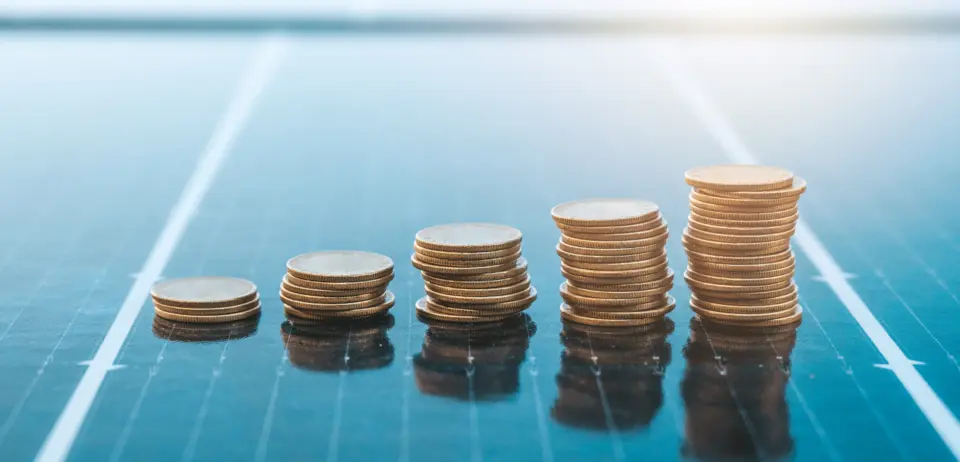Auswell Energy outlines how much you can expect to save when you make the switch from traditional power to solar energy.
As electricity prices continue to rise, more Australians are turning to renewable energy solutions to lower their power bills. One of the most common questions we receive at Auswell Energy is, “How much money can I save with solar panels?” The answer is clear: there has never been a better time to invest in solar installation for your home or business. As the experts in solar power systems on the Gold Coast, we explain why.
Understanding Upfront Costs
Before diving into ongoing savings, it’s crucial to grasp the initial investment required for residential solar installation. Factors like government rebates, installation processes, panel types, and warranties all influence the upfront cost.
Furthermore, the installation process varies depending on the complexity of the roof and the system size. Understanding these elements is essential for making an informed decision for maximising the return on investment for solar power systems on the Gold Coast.
Factors Influencing Ongoing Savings
Your ongoing savings with solar power are influenced by various factors:
- Feed-in Tariff Rate – The rate at which you sell surplus solar energy back to the grid affects your savings. Shop around for the best deal to maximise returns.
- Solar Storage – Consider adding solar batteries to store excess energy for later use, potentially reducing your overall electricity costs.
- Energy Usage and System Size – Matching your solar system size to your energy consumption optimises savings. Avoid oversizing to prevent selling excess energy at lower rates.
- Location – Solar power production varies by location. Queensland’s ample sunlight presents significant savings potential compared to other regions.
Calculating Potential Annual Savings
Considering advancements in solar technology and feed-in tariffs, here are the potential annual savings for various system sizes…
Syst 20 kWh em Size | Solar Daily Output | Cost of Power | Potential Annual Savings |
5 kW | 20 kWh | 30 cents | $2,190 |
8 kW | 32 kWh | 30 cents | $3,500 |
10 kW | 40 kWh | 30 cents | $4,380 |
As Australians face increasing electricity costs, the decision to switch to solar power becomes more enticing than ever. With the potential for substantial savings and a rapidly evolving solar technology landscape, investing in residential solar installation offers both immediate and long-term financial benefits.
By understanding the upfront costs associated with solar panel installation and considering factors like feed-in tariff rates, solar storage options, energy usage patterns, and regional solar potential, homeowners and businesses can make informed decisions to optimise their savings.
At Auswell Energy, we’re dedicated to helping you maximise your savings from your solar power systems on the Gold Coast. Contact us today to learn more about transitioning to solar power and start saving on your energy bills. Get started on finding the perfect solar solution for your home with our installation options.
SHARE THIS ON:
Contact Auswell Energy!
Get in contact with Auswell Energy for a FREE consultation today! Just call us or send us your enquiries.


